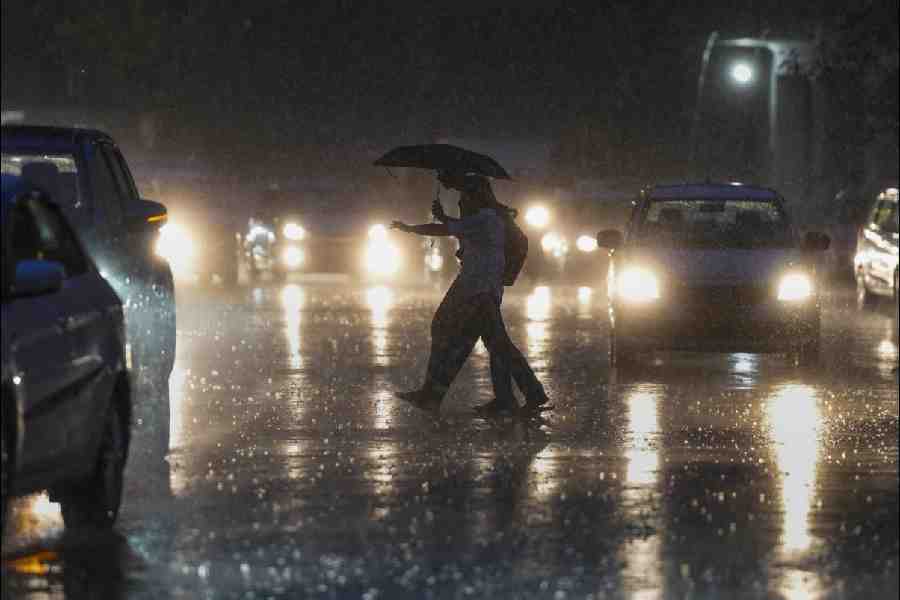 |
| The Jan Koller-type headers are rare now |
Lisbon: When Jan Koller headed home the first Czech goal in the quarter final against Denmark, it was like a scene from bygone days.
The ball came over from the right and the central striker rose to crash it into the net, 1-0. Maybe it’s the ball or a change in the skill set of modern forwards, but heading is the lost art of Euro 2004.
Of the 28 games in Portugal only two others have featured memorable powerfully headed goals — Henrik Larsson’s diving effort in Sweden’s 5-0 defeat of Bulgaria and Angelos Haristeas’ Greek classic which knocked out France in the quarters.
Statistically the average for the tournament is the same as for the last eight European championships — about one in five goals have been scored with a player’s head.
But compared with the 1970s and 1980s, strikers just don’t know how to head the ball.
If Thierry Henry, Christian Vieri and Miroslav Klose had taken straightforward chances, France, Italy and Germany would probably have stayed in this tournament a lot longer.
Klose scored five headed goals in the 2002 World Cup, one of the main reasons why Germany made it to the final. But in the dying seconds of Germany’s 0-0 draw with Latvia, Klose was free in front of goal and managed to head a simple chance wide.
Vieri was in the sort of form where he couldn’t have hit a barn door if he had been sitting on its handle. Time and again at Euro 2004 the crosses came over, Vieri rose to meet them and the ball went high or wide, and often both.
Henry has been hailed as the world’s best striker although his performances for France here introduced a large dollop of doubt about that. In the dying seconds of the Greece game, Henry had the goal at his mercy and headed pitifully wide.
The Arsenal striker embodies the change in strikers over the past 20 years. He has superb ball control, is very quick and can set up goals and score them with both feet. Even his club coach Arsene Wenger agrees, however, he should improve his heading.
In the old days most teams had a big centre-forward up front, their main attacking target who either scored with his head or set up others with headed layoffs.
Horst Hrubesch, a member of the German team that won the 1980 European title, epitomised this type of forward. The “Monster”, as he was known, averaged well over one goal every two Bundesliga games and a large proportion came from his head.
He also packed a mean shot, but the nearest Hrubesch came to one of Henry’s stepovers was when Kevin Keegan got in his way at Hamburg SV. At Euro 2004 only the unlucky Vieri, the giant Koller and Croatia’s Dado Prso came close to Hrubesch’s style of play. However, the ball seems to have spent just as much time in the air as in any other recent tournament with defenders pumping endless high balls down the middle to little effect.
The Roteiro ball may have something to do with the lack of headed goals. Heavier balls are easier to direct and the new smooth ball used at this tournament has exaggerated movement through the air and tends to fly off course if hit wrong. But when you hit it right, it goes like a bullet. One defensive header by Sol Campbell flew from his penalty area to the halfway line.











